Wingspan 10 m Introduced 1935 | Length 7.2 m Retired 1942 | |
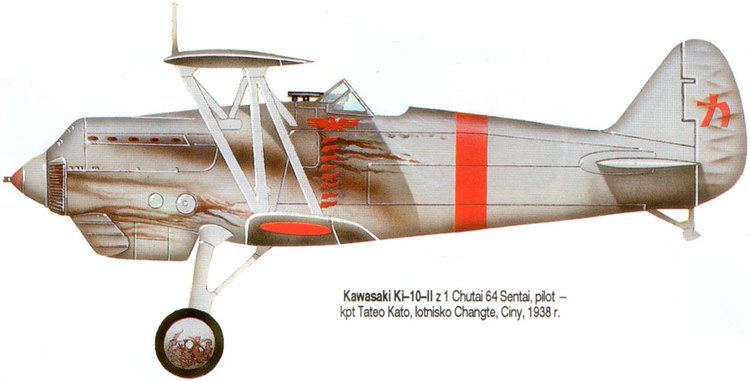 | ||
Manufacturers Kawasaki Heavy Industries, Kawasaki Aerospace Company | ||
World of warplanes japanese fighter kawasaki ki 10
The Kawasaki Ki-10 (九五式戦闘機, Kyūgo-shiki sentōki, Army Type 95 Fighter) was the last biplane fighter used by the Imperial Japanese Army, entering service in 1935. Built by Kawasaki Kōkūki Kōgyō K.K. for the Imperial Japanese Army, it saw combat service in Manchukuo and in north China during the early stages of the Second Sino-Japanese War. Its reporting name given by the Allies was "Perry".
Contents
- World of warplanes japanese fighter kawasaki ki 10
- Kawasaki ki 10
- Design and development
- Operations
- Variants
- Operators
- Specifications Ki 10 II
- References
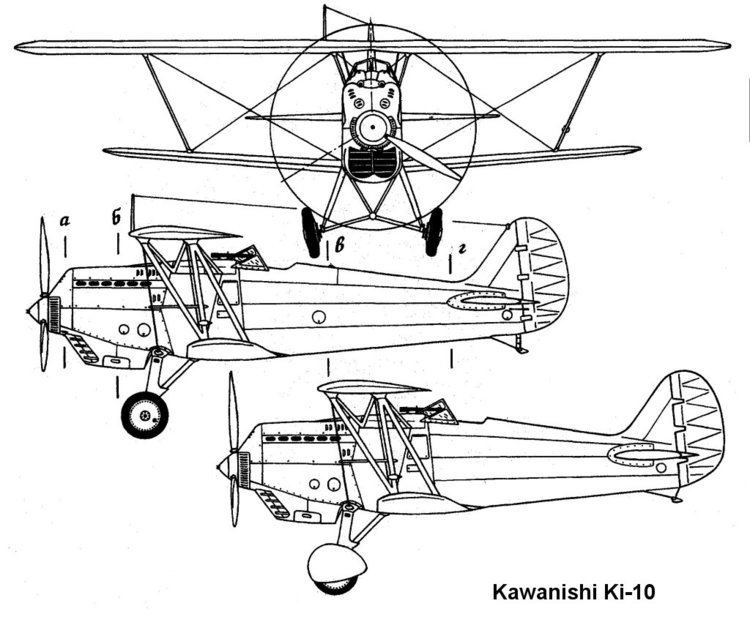
Kawasaki ki 10
Design and development
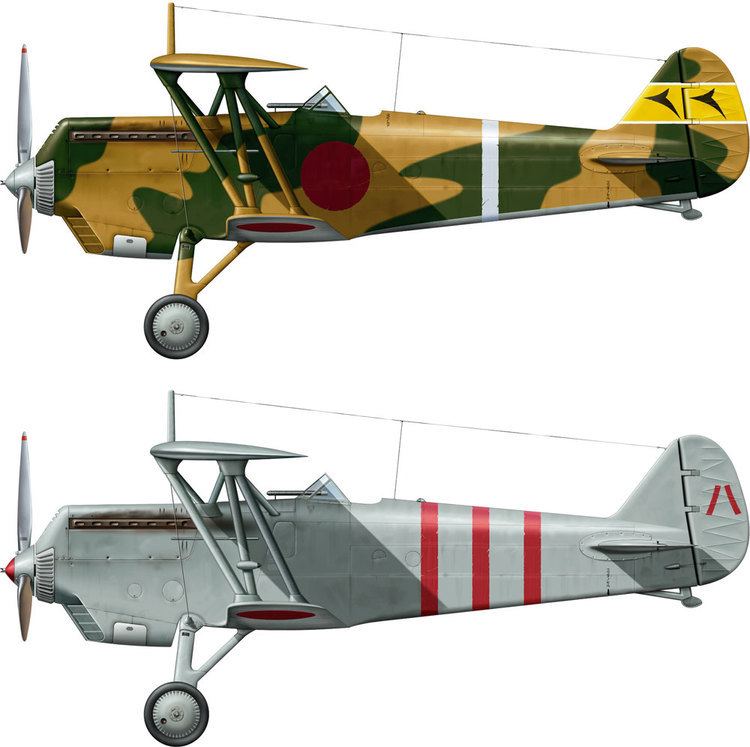
The Ki-10 was designed by Japanese aeronautical engineer Takeo Doi, who had succeeded Richard Vogt as chief designer for Kawasaki. The design was in response to a requirement issued by the Imperial Japanese Army for a new fighter, and was the winner of a competition against Nakajima's Ki-11. Although the low-wing monoplane offered by Nakajima was more advanced, the Army preferred the more maneuverable biplane offered by Kawasaki. In order to overcome the speed disadvantage the Kawasaki team used a metal three-blade propeller in the third prototype, while flush-head rivets were used in an attempt to reduce drag.
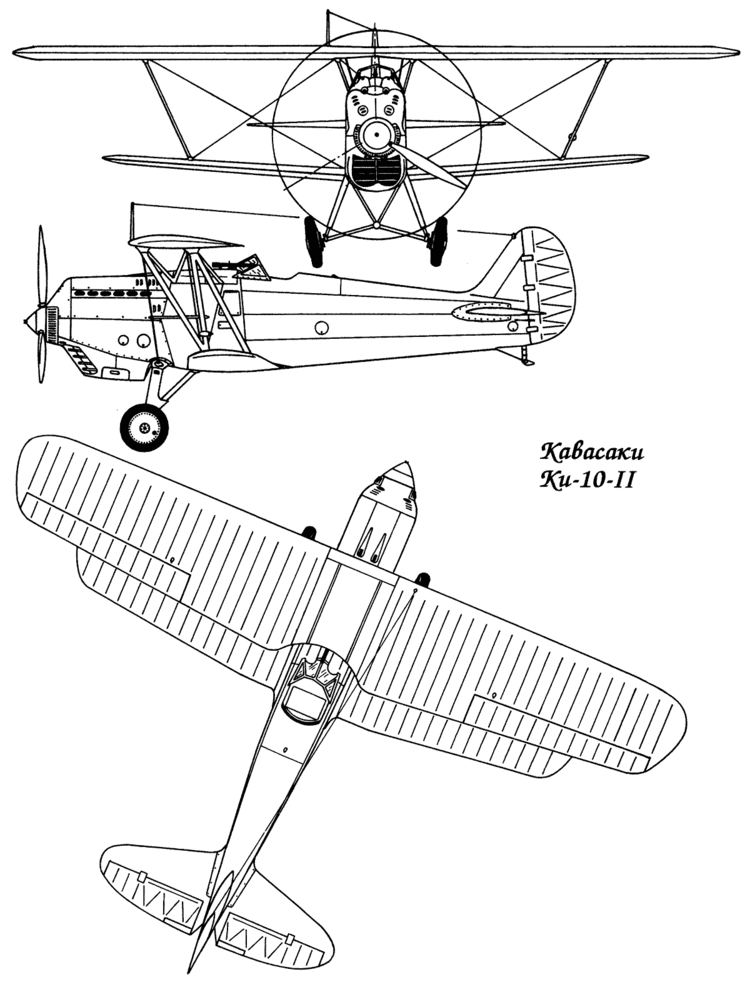
The Kawasaki design had sesquiplane (unequal-span) wings, braced by struts, and with upper-wing ailerons. The structure was of all-metal construction, which was then fabric-covered. Armament consisted of two 7.7 mm (.303 in) Type 89 machine guns, synchronized to fire through the propeller. The initial production version was powered by a liquid-cooled 633 kW (850 hp) Kawasaki Ha9-IIa V-12.
Operations
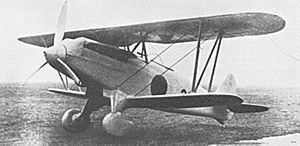
The Ki-10 was deployed in Manchukuo (Manchuria) and in the initial campaigns of the Second Sino-Japanese War in northern China. It proved an excellent dogfighter against the Chinese air force, including those active at the Battle of Wuhan. However, by the time of the Nomonhan Incident (Battles of Khalkhin Gol) in 1939, against the forces of Soviet Union, it was largely obsolete.

At the beginning of the Pacific War, the Ki-10 was retired to training and secondary missions, but later returned to front-line service, performing short-range patrol and reconnaissance missions in Japan proper and China in January–February, 1942.
Variants
data from Japanese Aircraft of the Pacific War
Total production: 588 units
Operators
Specifications (Ki-10-II)
Data from Japanese Aircraft of the Pacific War
General characteristics
Performance
Armament
